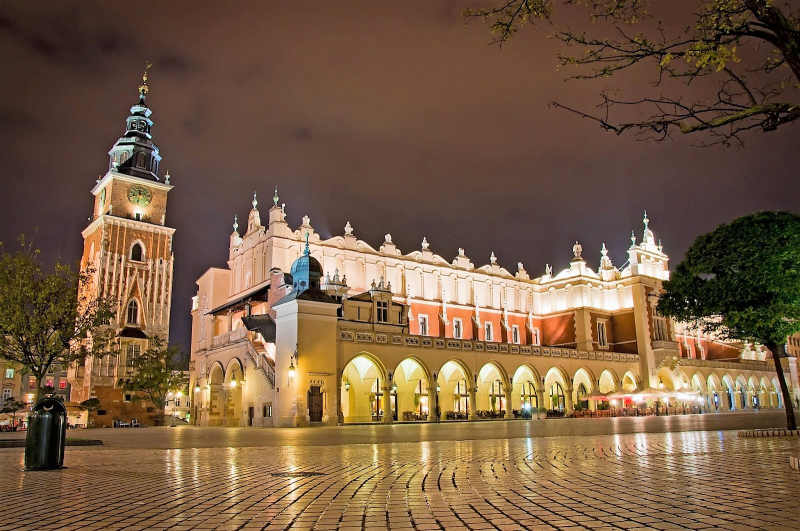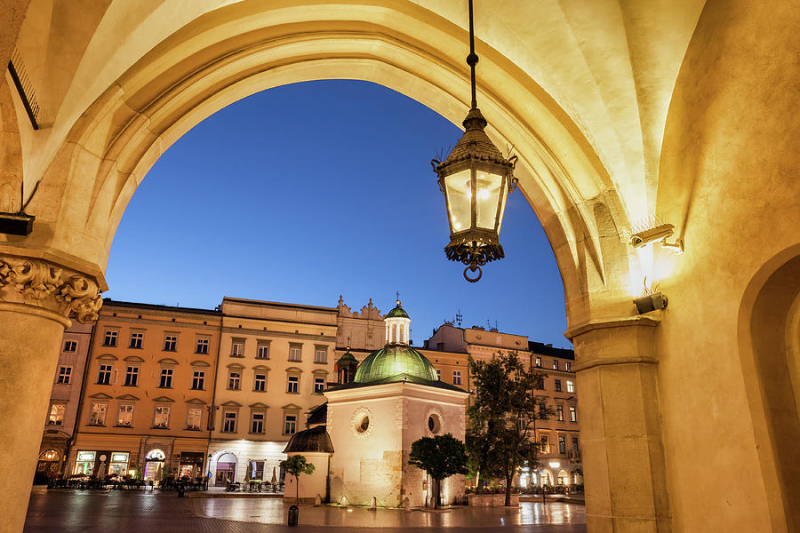Main Market Square
In Wroclaw, a city in southwest Poland, there is a historic market square known as The Market Square. The rectangular space, which measures 213 by 178 meters, is presently used as a pedestrian zone. With the two largest city halls in the nation, it is one of the biggest market squares in all of Europe. The structures around the square are constructed in a variety of architectural styles. The Old City Hall, the New City Hall, and several private residences are located in a block of structures in the center of the ring. The Salt Market and the plaza in front of St. Elisabeth's Church make up the market square, which is an urban ensemble.
The market was established in accordance with Magdeburg law as early as the 1214–1232 reign of Polish Duke Henry I the Bearded. The patricians' homes gradually began to develop, and by the middle of the 14th century, they had joined together to form a closed structure with clearly delineated plot boundaries. The tram lines that served the plaza in the 19th century were first horse-drawn but became electric in 1892. The market square was destroyed during World War II, but the majority of the structures were spared harm and meticulously repaired. Vehicles were allowed to travel through along an east-west axis up to the end of the 1970s.
On the market square, there are currently 60 numbered plots, some of which are occupied by structures. Since estates were frequently combined and split in the late Middle Ages, the boundaries of the plots frequently follow lines different from those originally put down. Each home has a distinctive name that is typically connected to the coat of arms on the façade or to the history of the building itself, such as Under the Griffins, Under the Blue Sun, and Old Town Hall (tenement house, which collects the city council before the construction of the first town hall; now there is a McDonald).
Location: Wrocław Old Town, Lower Silesian Voivodeship, Poland














